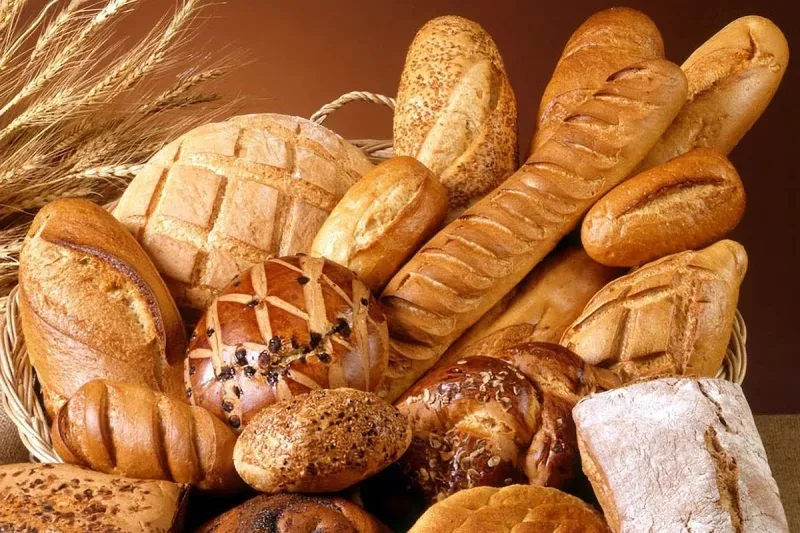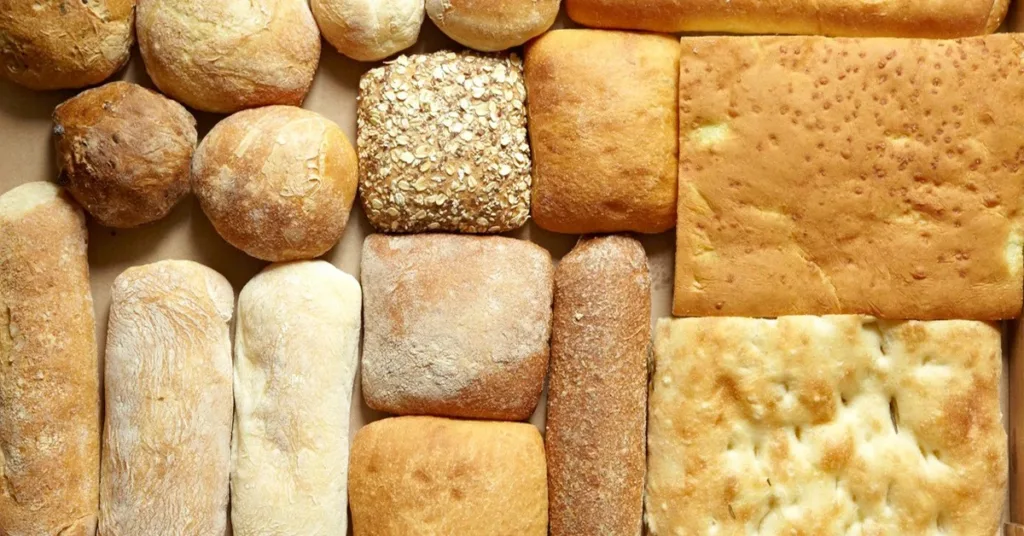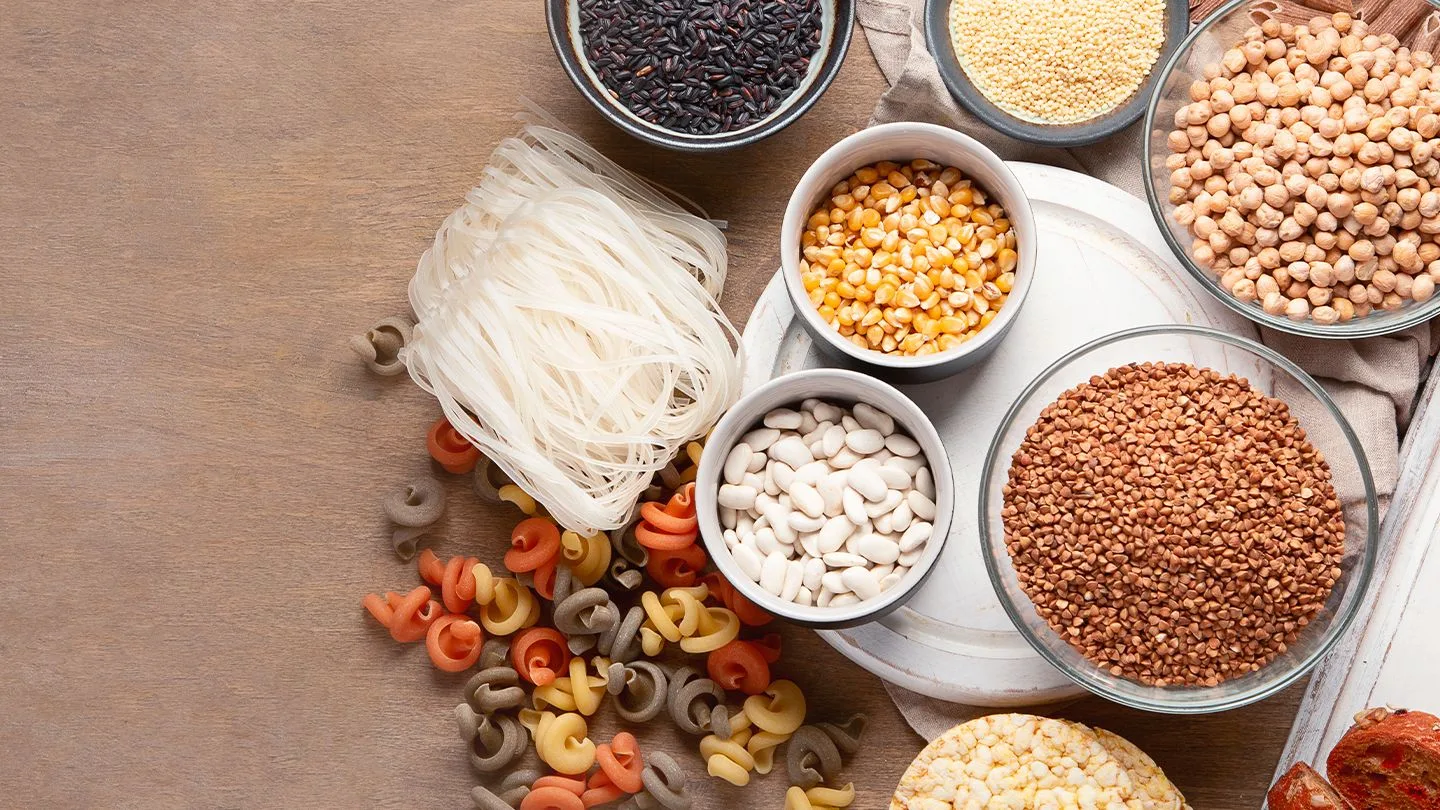Gluten-free diets have skyrocketed in popularity over the past decade, and for good reason. An increasing number of individuals are discovering the powerful connection between eliminating gluten and achieving weight loss success. For those with gluten sensitivity, celiac disease, or other conditions, embracing a gluten-free lifestyle can be life-changing.
This comprehensive guide will explore how to leverage gluten-free eating for weight loss, while catering to your specific health needs. You’ll discover the basics of a well-balanced gluten-free diet, the best nutrient-dense foods to fuel your body, smart exercise strategies, and tips for overcoming challenges on your journey. Whether you’re just starting out gluten-free or looking to refine your approach, you’ll find motivational strategies and resources here to lose weight effectively as part of your healthy, gluten-free lifestyle.

Understanding Gluten Sensitivity and Celiac Disease
Before diving into the specifics of gluten-free weight loss, it’s important to have a clear understanding of gluten sensitivity and celiac disease.
Gluten sensitivity involves difficulty digesting gluten, resulting in symptoms like abdominal pain, bloating, fatigue, and headaches when you consume gluten-containing grains. This condition is different from celiac disease, which is an autoimmune disorder that causes severe reactions when you eat gluten. With celiac disease, gluten damages the small intestine and prevents proper absorption of nutrients.
Both celiac disease and non-celiac gluten sensitivity can negatively impact weight. Here’s why:
- Nutrient malabsorption – When the intestines are damaged, you cannot properly absorb nutrients from food. This leads to vitamin and mineral deficiencies that disrupt metabolism. A study in the Journal of Pediatric Gastroenterology and Nutrition found that children with celiac disease had significantly lower BMI and growth impairment compared to healthy children, due to nutritional deficiencies.
- Inflammation – Gluten can trigger widespread inflammation, which is linked to weight gain and difficulty losing weight. Research in Nutrients shows higher inflammatory markers like CRP and interleukin-6 in those with celiac disease.
- Hormone changes – Increased inflammation and damage to the gut alter important hunger hormones like leptin and ghrelin. This causes increased appetite. A review in the European Journal of Internal Medicine found higher ghrelin and lower GLP-1 levels in celiacs, disrupting satiety signals.
- Fatigue – Gluten-related conditions often cause tiredness and low energy levels, resulting in less physical activity. A Journal of the Academy of Nutrition and Dietetics study found 91% of adults with untreated celiac disease experienced fatigue.
The takeaway? Identifying and managing gluten sensitivity or celiac disease is a critical first step for successful weight loss. Going gluten-free in a healthy way helps heal gut issues, reduce inflammation, restore nutrient absorption, and get hormones back on track.
As you transition to a gluten-free diet, be sure to keep these tips in mind:
- Consult your healthcare provider – Don’t go gluten-free before proper testing for celiac disease. Blood tests and endoscopy can confirm celiac diagnosis.
- Read labels – Look for “gluten-free” labels and avoid ingredients like wheat, barley, and rye. Check for cross-contamination.
- Beware hidden gluten – Foods and medicines may have hidden sources of gluten, like flavorings or starch. Check thickening agents and binders.
- Manage cross-contamination – Trace amounts of gluten can trigger reactions. Avoid sharing utensils or appliances. Use separate cookware.
- Supplement – Work with a doctor to identify potential vitamin and mineral deficiencies needing supplementation, like iron, calcium or vitamin D.
With proper management of gluten-related conditions, you’ll lay the groundwork for gluten-free weight loss success.

Tailoring Gluten-Free Diets for Weight Loss
At its core, a gluten-free diet simply involves eliminating all sources of gluten. This means avoiding grains like wheat, barley, and rye, which contain the proteins glutenin and gliadin.
But when it comes to losing weight gluten-free, there’s more to it than just going 100% gluten-free. We’ll look at how to tailor your diet for weight loss through smart gluten-free food choices, proper nutrition balance, and mindful eating habits.
Focus on Naturally Gluten-Free Foods
Instead of relying on processed gluten-free snack foods and baked goods, build your diet around unprocessed, whole foods that are naturally gluten-free. Load up on:
- Lean proteins: Eggs, poultry, fish, seafood, beans, legumes, nuts and seeds. These promote fat burning and help retain muscle mass.
- Fruits and veggies: All types of fresh or frozen fruits and vegetables. Opt for a rainbow of colors to maximize nutrient diversity. Produce is low-calorie and high in satiating fiber.
- Gluten-free whole grains: Quinoa, brown rice, buckwheat, millet, amaranth. Choose 100% whole grains which have more fiber to control blood sugar and hunger.
- Healthy fats: Olive oil, avocados, coconuts, flaxseeds, chia seeds, walnuts. These provide anti-inflammatory omega-3s that support weight loss.
By making these nourishing whole foods the basis of your meals and snacks, you ensure your body gets the premium fuel it needs for weight loss without unnecessary calories.
Balance Macronutrients
When it comes to nutrition, your gluten-free diet should have the right balance of macronutrients:
- Carbohydrates – 45-60% of calories
- Protein – 20-35% of calories
- Fat – 20-35% of calories
This composition provides sufficient energy from carbs while promoting satiety and fat burning through adequate protein and healthy fats, according to an optimal macronutrient ratio framework in the Annual Review of Nutrition.
Be sure to also emphasize complex, fiber-rich carbs with a low glycemic index for sustained energy. Limit added sugars.
Practice Mindful Eating
It’s easy to overeat and make poor food choices, even when following a gluten-free diet. Mindful eating is key for controlling portions and cravings. Here are research-backed mindful eating tips:
- Eat slowly – Taking time to chew thoroughly enables gut hormones to activate that signal fullness to the brain, per a study in the Journal of the Academy of Nutrition and Dietetics.
- Minimize distractions – Multi-tasking while eating is linked with greater food intake, according to a study in the American Journal of Clinical Nutrition. Focus on your food.
- Listen to hunger cues – Relying on internal satiety signals instead of external food cues reduces overeating, finds research in Obesity. Stop eating when comfortable, not overly full.
- Manage stress – Stress drives high-calorie food cravings by increasing cortisol. Make time to unwind.
- Allow treats – Deprivation leads to bingeing. Enjoy occasional serving of treats mindfully.
With mindful eating habits, you can make choices aligned with your weight goals without restriction.
Sample Gluten-Free Grains and Flours
Here are nourishing gluten-free grain and flour options to include in your weight loss diet:
- Gluten-Free Grains: Quinoa, brown rice, buckwheat, amaranth, millet, sorghum, teff provide protein and gut-filling fiber.
- Gluten-Free Flours: Chickpea flour has high protein. Coconut flour is low-carb. Almond flour contains healthy fats. Tapioca flour and arrowroot work well in baking.
Use gluten-free whole food sources to create satisfying, nutrient-rich meals that promote weight loss. Limit processed gluten-free baked goods high in refined carbs.
By focusing your diet on unprocessed foods, managing portions, and selecting healthy ingredients, you set yourself up for slimming success.

Incorporating Exercise and Physical Activity
Exercise is vital for weight loss and boosts results of a gluten-free diet. Physical activity enables you to burn more calories, build metabolism-boosting muscle, and meet fitness goals.
But those with gluten issues often avoid exercise out of fear it may worsen discomfort or fatigue. The key is tailoring your workouts smartly. Let’s explore research-backed strategies.
Overcoming Energy Deficits
Gluten issues sap energy levels, making exercise challenging. Here are science-based tips to help overcome low energy:
- Optimize nutrition – Eat energizing lean proteins, complex carbs and healthy fats. Proper nourishment provides fuel for activity.
- Gradually increase activity – Starting with just 10-15 minutes per day avoids overexertion. Slowly build up duration based on tolerance.
- Allow proper recovery – Take 1-2 rest days between workouts. Gentle yoga aids recovery. Massage reduces muscle soreness.
- Treat deficiencies – Correcting deficiencies in iron, magnesium and B vitamins via diet and supplementation can boost energy.
- See your doctor – Medications and therapies like thyroid hormone or oxygen treatment can improve exercise capacity if fatigue is severe.
With patience and supportive strategies, you can overcome low energy to make exercise progress.
Fueling Workouts
Consuming the right nutrients before and after workouts optimizes performance and recovery. The International Society of Sports Nutrition recommends:
Pre-workout fuel:
- Banana with nut butter provides carbs for energy plus protein for satiety.
- Yogurt and fruit offers protein, carbs and nutrients like vitamin D for bone health.
- Oatmeal with blueberries gives steady energy from complex carbs and antioxidants.
- Veggie omelet with avocado supplies protein, healthy fats and produce.
Post-workout recovery foods:
- Grilled salmon and sweet potato offer protein to rebuild muscle and carbs to replenish glycogen stores.
- Protein smoothie with greens and berries provides protein for recovery, vitamins, minerals and antioxidants.
- Chicken veggie bowl packs lean protein, complex carbs, and immune-boosting produce.
- Rice cakes with turkey, avocado and hummus contains protein, fiber, and magnesium.
Proper nourishing food choices before and after exercise enhances workout performance.
Suitable Exercise Types
Most exercises can be suitable for gluten-free folks wanting to get fit. Start slowly and listen to your body. Great options include:
- Walking – Low-impact; allows you to gradually build up pace and distance.
- Swimming – Non-weight bearing cardio that works all muscles groups.
- Yoga – Builds flexibility, balance, and strength through gentle poses.
- Bodyweight Training – Use your own weight for resistance; adjustable intensity.
- Cycling – Low-to-moderate impact cardio customizable to your fitness level.
- Strength Training – Start with lighter weights and low reps; increase gradually.
See a trainer for modifications given your needs. Choosing enjoyable activities makes consistency easier.

Conclusion
The evidence is clear – losing weight on a gluten-free diet is absolutely achievable for those with gluten sensitivity, celiac disease, or seeking better health. As highlighted throughout this guide, the keys to success are:
- Properly managing your condition through medical care and 100% gluten avoidance
- Fueling your body with whole, energizing gluten-free foods
- Incorporating regular exercise suited to your needs and fitness level
- Practicing mindful eating and lifestyle habits that enable long-term results
- Drawing motivation from the many success stories of those who’ve lost weight gluten-free
While eliminating gluten poses challenges, take it step-by-step. Consult your healthcare providers. Surround yourself with support. Be patient and persistent. Know that each positive choice brings you closer to your health and weight goals.
You’ve got this! Here’s to achieving the healthy, vibrant life you deserve. Go gluten-free and start your weight loss journey today.
Thank you for reading this post, don't forget to subscribe to our free newsletter
!
